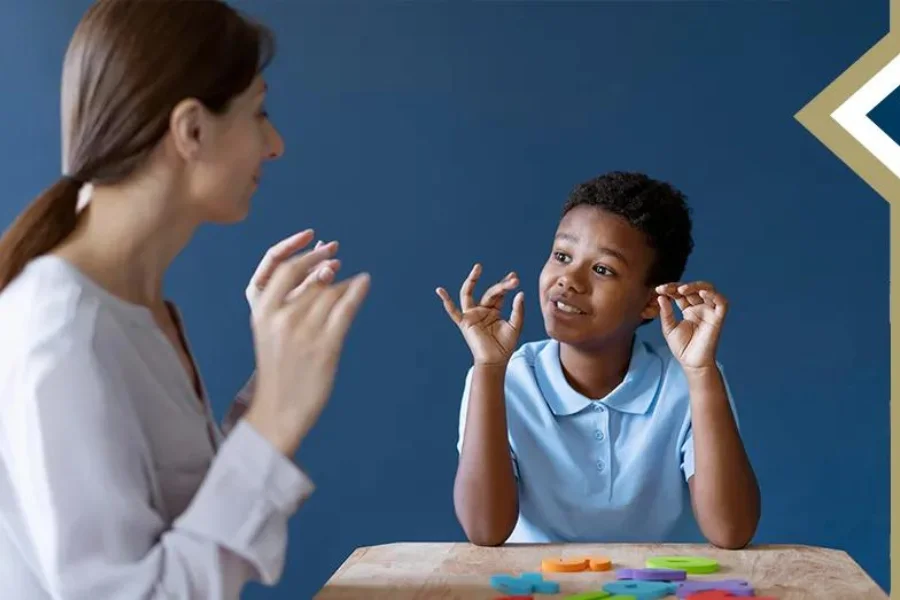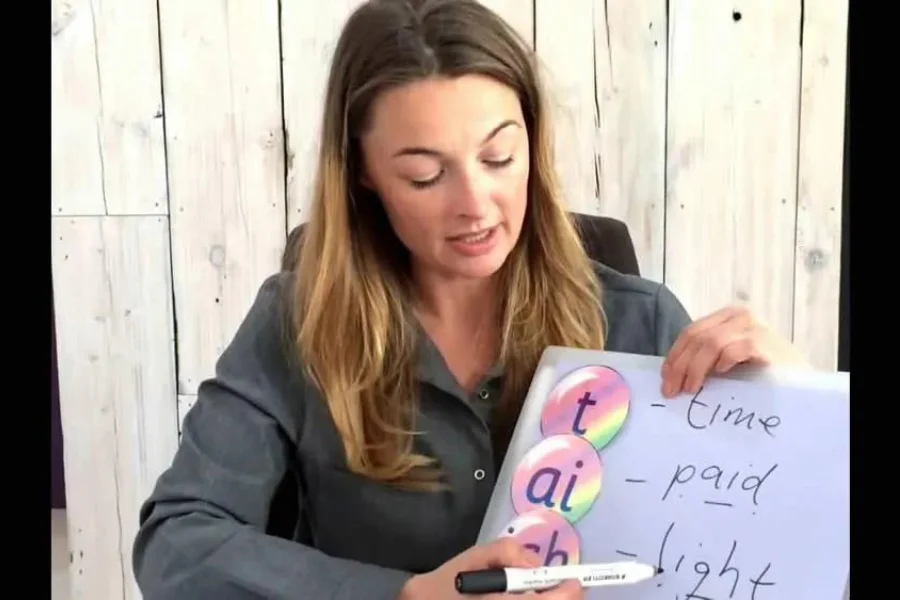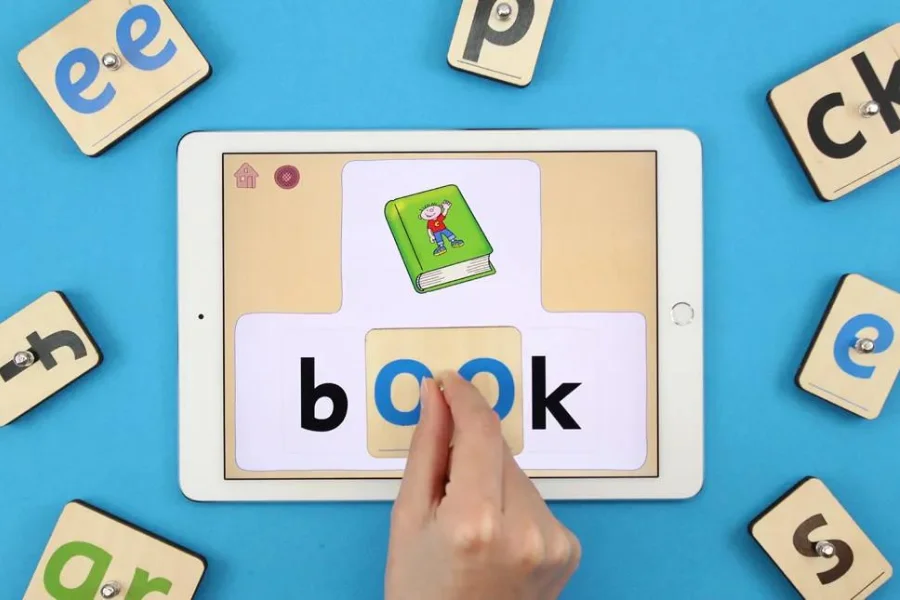Phonics for Class 1

Source: gsehd
Phonics for Class 1
In the initial years of the educational journey, the outline of “Phonics for Class 1” marks an important step in a child’s academic journey. This is crucial in teaching young learners the various aspects of language and prepares them with the basic skills of reading & writing.
Through a systematic approach that highlights the relation between letters and sounds, phonics allows first graders to decode and construct words, laying a vigorous groundwork for their upcoming literacy skills.
As children from Class 1 embark on this exciting phase of learning, it’s important to understand the impact and method of phonics in the formation of early educational experiences.
Table of Content

Source: healthwatchgreenwich
Understanding the Basics of Phonics for Class 1
Phonics for Class 1 helps create a foundation for proficient reading and spelling skills- vital for academic success, making Understanding the Basics of Phonics for Class 1 essential.
For Phonics Certificate Program charges, contact us at +919869866277 / +919869546913.
To download the Phonics Certificate Course brochure Click Here.
The Significance of Phonics in Class 1 Education
Let us delve into The Significance of Phonics in Class 1 Education:
Building Blocks of Reading
Phonics for Class 1 students introduces them to the letter sounds of the alphabet, an important concept in reading. This principle helps them to know that each letter or letter combination creates a particular sound in spoken language.
For instance, when a child gets to learn that the letter ‘B’ makes the /b/ sound as in “ball,” they begin to understand how letters come together to form words. This initial knowledge is in Phonics for Class 1crucial as it allows students to decode new words they come across, helping them to create reading proficiency.
Enhancing Reading Fluency
Regular engagement with phonics significantly boosts a student’s ability to recognize words rapidly. This ability is crucial for making reading effortless, which indicates the ease and speed with which an infant can read text.
For example, a kid who has information on phonics and experienced phonics might sharpen the recognition of the word ‘sat’ by merging the sounds /s/, /a/, and /t/. This automatic identification of words in Phonics for Class 1 helps in smoother and faster reading speed, ensuring that students can focus more on comprehension instead of decoding each word.
Spelling and Vocabulary Development
Phonics for Class 1 is instrumental in improving spelling abilities. It supports learners to note down words into their initial sounds (division) and then connect these sounds altogether to create words (blending).
For example, in learning to spell the word ‘wish,’ a student would segment it into its sounds /w/, /i/, /sh/, and then also teach them to blend these sounds to form the entire word. This skill is helpful in teaching and also increases a child’s vocabulary, similarly, they can decode and spell new words they learn.
For Phonics Certificate Program charges, contact us at +919869866277 / +919869546913.
To download the Phonics Certificate Course brochure Click Here.
Strategies for Teaching Phonics to Class 1 Students
The following Strategies for Teaching Phonics to Class 1 Students help in improving the Phonics teaching quality:
Start with Basic Sounds
Phonics for Class 1 should commence with the fundamental sounds of the alphabet. This approach involves introducing each letter and its corresponding sound.
For example, the letter ‘T’ is linked with the /t/ sound, as heard at the beginning of words ‘tall’ or ‘took’. After learning these individual sounds, students can move on to blending them. This means combining sounds to form simple words like /b-a-t/ for ‘bat’.
This step-by-step process creates a clear understanding of phonemic awareness which later helps them to grasp complex reading activity.
Use Multisensory Activities
To effectively teach phonics, it’s crucial to engage students through various sensory methods. This includes visual tools like flashcards and colorful charts to illustrate letter-sound relationships.
Auditory techniques involve saying sounds aloud, and kinesthetic activities could include forming letters with clay or tracing them in sand. For instance, show a picture of a ‘log’ while pronouncing the /l/ sound, followed by children drawing the letter ‘L’ in their books. These varied activities help children to explore different learning styles, making phonics learning more inclusive and easy to learn.
Phonics Games and Songs
Games and songs are excellent for making lessons in Phonics for Class 1 enjoyable.
For instance, a phonics game could involve a ‘sound matching’ activity where students find objects that start with a certain sound. Songs that emphasize different phonemes in a catchy tune also enhance learning. An example is a song with lyrics focusing on the /m/ sound, using words like ‘moon’, ‘mouse’, and ‘mud’.
Such interactive and musical approaches help retain students’ interest and aid in memorizing sounds more effectively.
Regular Practice
Consistency is key in phonics education. Regular practice with worksheets and reading materials reinforces learned concepts.
For instance, activity worksheets can have exercises wherein students match letters to pictures having corresponding sounds, or circle words in a paragraph that start with a particular letter.
Reading simple, phonetically age-appropriate stories or books allows students to apply their phonics skills and knowledge, thereby creating a strong base for reading writing, and spelling skills.
Parental Participation
Boosting parent’s participation in their child’s phonics education is vital. They can read phonics-based stories at home, enjoy phonics games, or practice sounds with their children.
An example is parents asking their child to identify items at home that start with a certain sound or reading a book together and pointing out words that exemplify the sounds the child is learning.
Such parental engagement in classroom learning creates an encouraging learning environment and nurtures a collective approach to education.
For Phonics Certificate Program charges, contact us at +919869866277 / +919869546913.
To download the Phonics Certificate Course brochure Click Here.

Source: ytimg
Challenges and Solutions in Teaching Phonics to Class 1 Students
However phonics training is extremely helpful, educators and parents might face problems in educating these ideas to Class 1 learners. Therefore, it is important to understand the Challenges and Solutions in Teaching Phonics to Class 1 Students. These challenges include student disinterest, diverse learning paces, and the complexity of English phonemes. To overcome these, teachers can use diverse teaching methods, tailor learning experiences, and offer plentiful support and encouragement.
The Role of Technology in Enhancing Phonics Learning
In this current digital domain, The Role of Technology in Enhancing Phonics Learning is tremendously supportive. It serves as a valuable tool in teaching Phonics for Class 1 students. Educational apps and online resources are used which offer interactive and exciting ways to strengthen phonics learning. Teachers can use these tools to substitute traditional teaching techniques, catering to the varied educational needs of students.
Phonics for Class 1 is an important element in the literacy development of young children. By deploying efficient teaching strategies, solving challenges, and using technology, educators and parents can effectively improve the phonics learning experience. This preliminary skill not only supports reading and spelling but also sets the stage for upcoming academic development, donating to the overall learning growth of Class 1 learners.
In this voyage of educating young brains, it’s domineering to remember that each kid is exceptional. Patience, creativity, and persistence are the main in fostering an affection for reading and learning in these initial stages. As teachers and caretakers, our goal should be to ensure that Phonics for Class 1 is not just a syllabus need, but a stepping stone to a lifelong journey of learning and discovery.
For Phonics Certificate Program charges, contact us at +919869866277 / +919869546913.
To download the Phonics Certificate Course brochure Click Here.

Source: bilingualkidspot
Phonics Teaching Certificate
In today’s world, obtaining a Phonics Teaching Certificate has developed progressively significant for teachers concentrating on early childhood teaching. This certification not only improves your teaching services but also unlocks doors to plentiful career chances in the profession of early education and preschool profession. A Phonics Teaching Certificate prepares educators with the skills and understanding to effectively tell phonics education, a fundamental component in teaching reading, spelling, and writing.
Vidhyanidhi Education Society offers an all-inclusive Phonics Teacher Training Program, designed to provide educators/ teachers/ parents with a deep understanding and practical skills in phonics teaching to children. Upon completion of this program, participants receive a widely accepted Phonics Teaching Certificate. It would serve as evidence to prove proficiency in phonics teaching. This program is accurately crafted to cater to the needs of educators aiming to specialize in teaching Phonics for Class 1 and other early grades.
Program Benefits:
Guidelines for Establishing Phonics Classes
Receive detailed instructions to set up and conduct successful phonics classes.
Teachers Handbook
A comprehensively designed teachers’ handbook will guide you through various teaching methods and classroom administration strategies.
300+ Ready-to-Use Printable Worksheets
Jumpstart your phonics teaching journey with an extensive collection of worksheets.
42 Printable Flashcards
Enhance learning with visually stimulating flashcards, aiding in sound recognition and word formation.
Word Bank with 650+ Words
A rich compilation of words, including digraphs, alternative vowel sounds (ai, oa, ay, ow, ei, etc.), and CVC words.
Additional Hand-Outs
Supplementary materials to support and enrich your teaching sessions.
Tips for Day-wise Lessons
Practical advice to structure your lessons effectively.
Widely Accepted Certificate
Gain a credential that enhances your employability and credibility as a phonics educator.
Highlights of the Programme:
8 Hours of Intensive Training
A thorough and immersive learning experience.
UK-Based Synthetic Phonics Teaching Methodology
Aligns with internationally recognized teaching standards.
Audio-Visual Teaching Aids
Innovative teaching methods to engage students.
Jingles, Stories, and Actions
Creative approaches to demonstrate sounds.
Practice 42 Sounds
In-depth focus on both letter sounds and digraphs.
Mock drills
Hands-on practice to hone your teaching skills.
Doubt-Solving and Q&A Sessions
Interactive components to clarify concepts and answer queries.
Earning a Phonics Teaching Certificate through Vidhyanidhi Education Society’s Phonics Teacher Training Program provides a unique opportunity for educators to advance their skills in phonics instruction. This program, with its exhaustive resources and practical training, is a valuable asset for anyone looking to specialize in Phonics for Class 1. The certification not only validates your expertise but also significantly contributes to your professional growth and the success of your future students.
“Join VES now for an enriching Phonics Course journey – your path to success!”
For Phonics Certificate Program charges, contact us at +919869866277 / +919869546913.
To download the Phonics Certificate Course brochure Click Here.
FAQs
Where can I persue Phonics Teaching Certificate Course?
Pursue a Phonics Teaching Certificate at Vidhyanidhi Education Society for expert training.
How much time is required to persue Phonics Teaching Certificate Course?
The Phonics Teaching Certificate Course spans 18 hours of intensive, insightful training.
Can I do Phonics Teaching Certificate Course Online?
Yes, the Phonics Teaching Certificate Course is available online, offering flexible learning.




